The Creative Wire
How many ways can your art heal our world?
Reflections from the National Organization for Arts in Health Conference (NOAH CON 2022)
February 24, 2023 | by Jotaro Nakano
Edited by Sarah Thomas
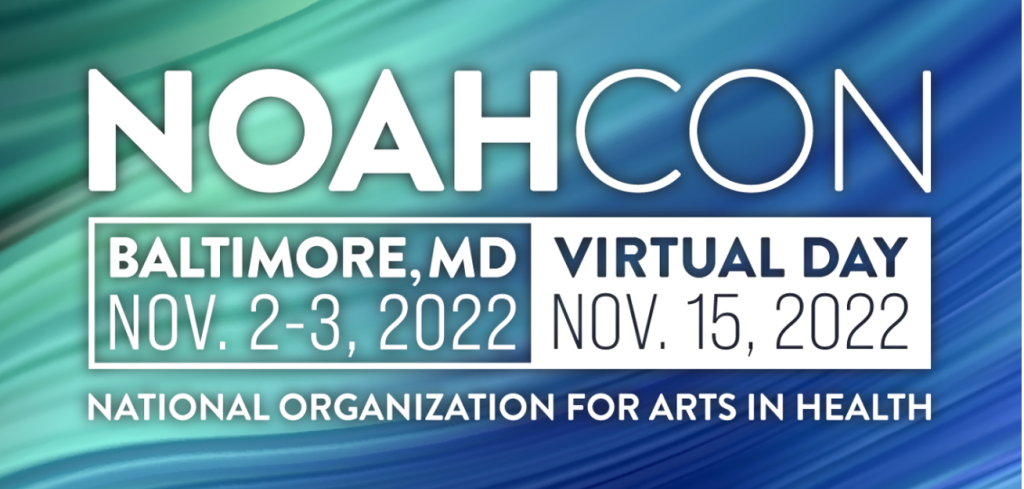
On November 2nd, 2022, hundreds of artists, art administrators, healthcare professionals, health administrators, and community leaders from around the nation gathered at the American Visionary Art Museum in Baltimore for the annual National Organization for Arts in Health Conference (NOAH CON 2022). As one of the Peabody Arts in Health Fellows at Johns Hopkins Hospital, I was invited to attend and participate in this conference. This reflection will explore some of the topics discussed at NOAH CON and my experience participating in the student panel.
The mission of NOAH is, “To unite, advance, and serve the field of arts in health.” This two-day conference was organized to “provide opportunities for participants to exchange ideas, gain applicable knowledge, build connections, and energize developments for the future of the field.” On the schedule was an impressive list of expert presenters, invited to share their contributions to community arts healthcare and advancements in medical research as leaders in this field of Arts in Health.
But what is the field of Arts in Health? Before I heard of NOAH, I assumed that “Arts in Health” only referred to art therapy. While art therapy and music therapy are often considered within Arts in Health, countless other emerging models of artistic healthcare exemplify the intersectionality of these two fields.
In NOAH’s 2017 report, Arts in Health is defined as “a field dedicated to using the power of the arts to enhance health and well-being in diverse institutional and community contexts. Comprised of many subfields and affiliated fields, Arts in Health is defined by the World Health Organization (WHO), as ‘a state of complete physical, mental, and social well-being and not merely the absence of disease or infirmity.’”
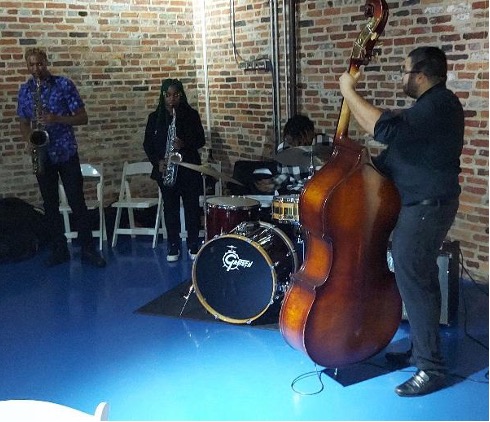
Day 1: So many possibilities!
On the morning of November 2nd, 2022, I arrived at the conference room of the American Visionary Art Museum. Looking around, I noticed that the participants were doctors, nurses, healthcare workers, and healthcare administrators. Eventually, I saw how the round tables were labeled and was relieved to find a seat at one labeled “musicians.” Through some initial networking, I was introduced to many inspiring people from diverse fields, all with a shared enthusiasm for helping the Arts in Health field flourish.
The Arts in Health field is inherently multidisciplinary, and still very young. With both the pioneering technology of medical science and the limitless creativity of artists, there is enormous fertile ground for new ideas to be explored. At NOAH CON, one after another, speakers stepped onto the front stage to present innovations in the field.
Advancements in Arts in Health Research
Susan Magsamen is the Executive Director of the International Arts + Mind Lab at Johns Hopkins School of Medicine. Magsamen heads a global initiative of collaborations between artists and health professionals to build evidence for the field of NeuroArts—“the study of how the arts and aesthetic experiences measurably change the brain, body, and behavior and how this knowledge can be used to improve health and wellbeing.” The modern healthcare field has predominantly relied on quantitative medical studies with empirical evidence, while the arts have historically been described with qualitative and interpretive language. Researchers like Magsamen and others shared their contributions towards developing new methods of Arts in Health research that better account for qualitative data sets in a quantitative medical field.
Innovative Implementations of Artistic Healthcare
As Arts in Health research progresses, healthcare professionals are beginning to implement new and creative medical strategies for their patients. To supplement, and in some cases replace, traditional medical interventions like pharmaceutical drugs, doctors are increasingly using “social prescribing” to “prescribe arts activities, volunteering, nature, and addressing social determinants of health as powerful interventions to address […] mental health challenges.”
Social prescribing can have many different models:
- Carolyn Halpin-Healy and Nellie Escalante (“Cultural Competency for Dementia Programming in Spanish-Speaking Communities”) presented on their Arts & Minds en Español program, in which Spanish-speaking families living with dementia are given care through specially curated art museum tours and community art-learning experiences.
- In their presentation “‘The Flicker of Light In Me Grew’: Youth Empowerment Through Songwriting,” Dr. Jenny Seham (founder of Montefiore Medical Center’s Arts and Integrative Medicine (AIM) program) and Dan Rubins (co-founder and Executive Director of Hear Your Song) shared their experiences of organizing collaborative songwriting to support youth impacted by serious illness.
- Jeffrey Pufahl and Camilo Reina Munoz of Theatre Connect from the University of Florida presented “The Role of Theatre in Community Health: Key Strategies for Facilitating Theatre Programs with Vulnerable Populations.”
- Rocio Macabena Perez from the University of Montreal talked about her work at MU in her presentation, “Art in Mind—mural and urban arts program aimed at supporting high school students with socio-emotional difficulties.”
The arts are utilized in every aspect of wellness: individual and group healthcare, mental and physical healthcare, and community education and social planning. Doctors are increasingly willing to send their patients to experience the arts within their community instead of more invasive traditional modes of healthcare. For many of these “social prescribing” practices to be effective, we as artists must accept the responsibility to provide the type of artistic healthcare our audiences may need. Ultimately, artists are not licensed doctors. But we can be collaborative partners with our medical professionals and wield our artistic powers responsibly, curate our performances thoughtfully, and hone our craft as expressive communicators and experience creators.
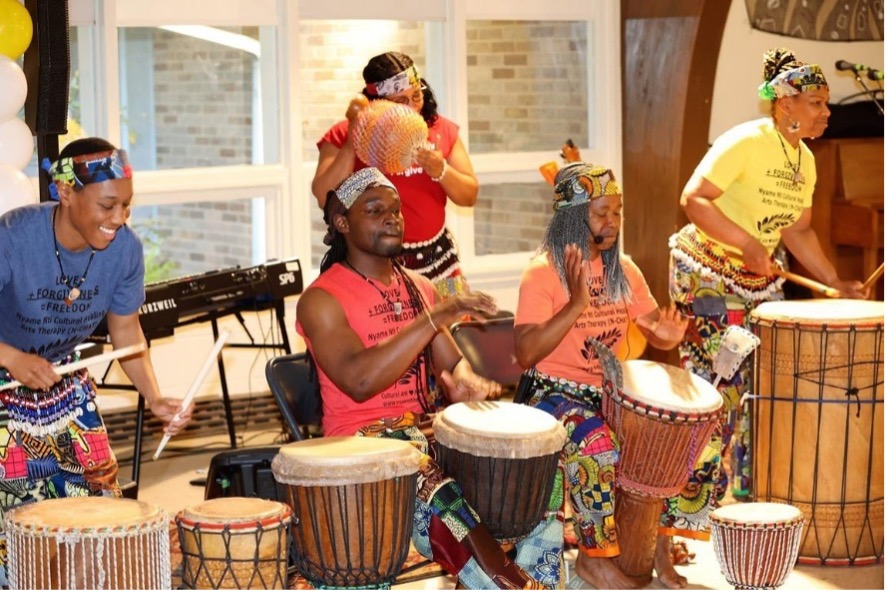
Day 2: Participating in Student Panel
The inspiring presentations continued for two full days at NOAH CON 2022. In the middle of the second day, Peabody’s Associate Dean for Innovation, Interdisciplinary Partnerships and Community Initiatives, Dr. Sarah Hoover, moderated a panel of students pursuing the field of Arts in Health. As one of Peabody’s Arts in Health Fellows at Johns Hopkins Hospital, I was invited to participate in this panel. I was joined by Yifan Chen, a master’s student in Social Factors in Health at Johns Hopkins Bloomberg School of Public Health; Cherry Ng, a Graduate Research Assistant for the International Arts + Mind Lab; and Alexandra Rodriguez, a Public Health Ph.D. student at the University of Florida with a master’s degree in Public Health and a graduate certificate in Arts in Public Health.
Hearing my fellow panelists speak, I felt incredibly honored to be among such inspiring young thinkers. As the only artist panelist, I was grateful to have this opportunity to share my aspirations of contributing to the Arts in Health field through diverse collaborative projects and performances. To conclude the panel, Dr. Hoover asked us all to pick one word that represents what we hope to see in the future of the Arts in Health field. Alexandra picked “community.” Cherry picked “equity.” I picked “collaboration.” And finally, Yifan picked “international.” I am grateful to have had the opportunity to share my thoughts with this inspiring group. In the future, I look forward to following the bright careers of my new colleagues. Hopefully, I will have many more opportunities to collaborate with their research, and we can lead the future of this beautiful field together.
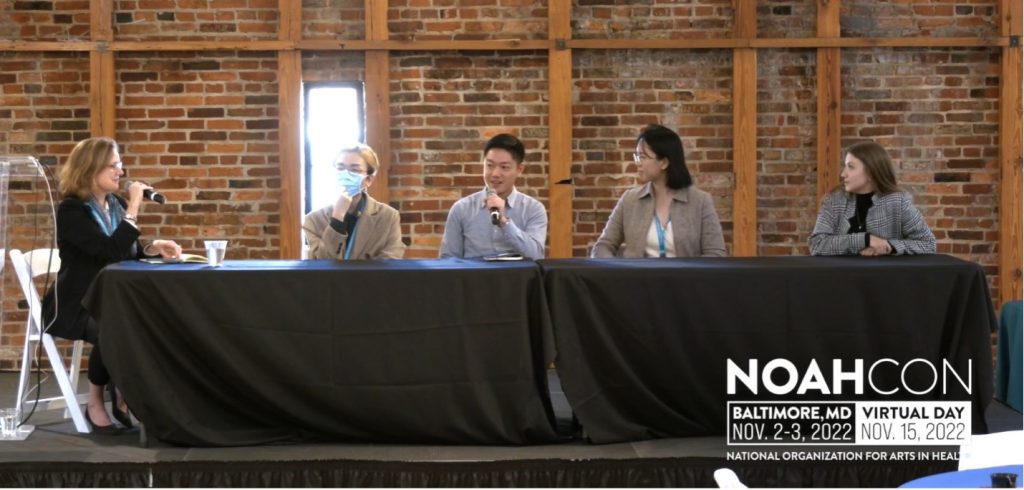
Final Thoughts
I am sure that we, as artists, have all heard platitudes like “the power of art” or “music heals.” But what really is the power of art? How does music heal people? Researchers in various fields of science have explored the neurological, physical, and social effects of diverse art forms. While professionals in these different fields are still in the process of developing effective ways to describe and implement these experiences, one thing is clear: there is a power to art. You may not know it, but your art has power. What do you want to do with your art? Who can your art heal?
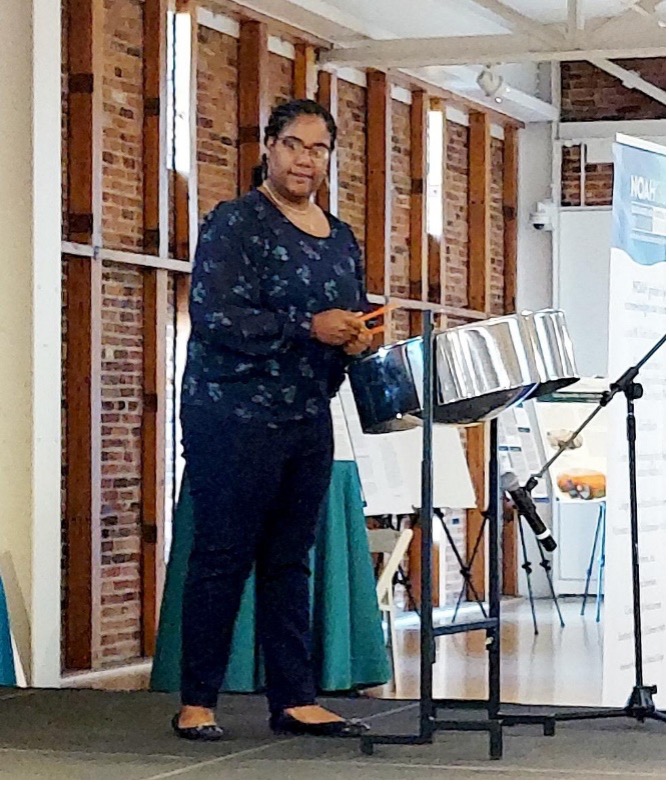
——————————————————————————————————————-
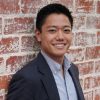
Jotaro Nakano
Conducting
DMA 2025

Jotaro Nakano is a doctoral student studying orchestral conducting at the Peabody Institute. He is also the Peabody Arts in Health Fellow at Johns Hopkins Hospital.